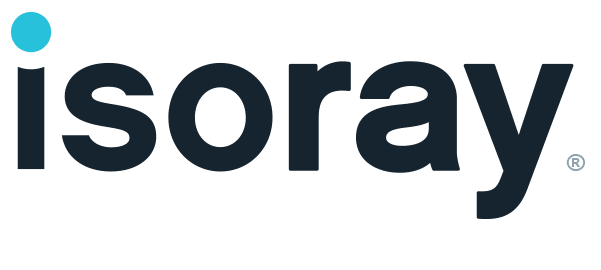Amidst a trove of news surrounding prostate cancer treatment, the 2017 edition of the American Urological Association annual conference convened earlier this month in Boston. The meeting hosted approximately 10,000 attendees and maintained its focus on prostate cancer diagnosis and treatment. Here are a few AUA 2017 insights from Isoray’s Mike Krachon.
New AUA, ASTRO and SUO guidelines
The big news at the meeting was the release of the new joint AUA, ASTRO and SUO guidelines on the treatment of localized prostate cancer. These guidelines encourage the use of combination treatment for higher risk disease. Further, the guidelines highlighted the continuing challenges with HIFU, cryotherapy and proton therapy, suggesting that each should only be performed under clinical study parameters.
Targeted treatment and biopsies
Other key takeaways from the meeting included the continued interest in targeted biopsies and the continued exploration of targeted treatments for early stage disease.
In the case of targeted biopsies, urologists are looking at better tools to incorporate the use of MRI images for targeting potential disease and marrying that together with technology to facilitate the procedure. One great example is the recent partnership between MIM software and BK Ultrasound to integrate the biopsy planning software into the ultrasound system hardware
For the use of targeted (focal) therapy, there was limited data presented. However, a recurring discussion throughout the meeting involved how urologists can provide patient-based solutions for limited volume prostate cancer. Urologists want to offer something in this arena for their patients that provides a short term treatment with minimal side-effects while still preserving treatment options down the road.
Dr. Tanye Jones earned “Best Abstract” accolades for “Focal therapy of prostate cancer: Defining appropriate treatment margins using MRI: whole mount co-registration.” As reported by Uro Today, “Dr. Jones concluded that MRI underestimates the extent of prostate tumors and emphasized that future priorities are to develop patient-specific treatment plans that incorporate tumor size, geometry, and adjacent tissue sampling.”
Overall, as would be expected, prostate cancer remains a key focus of the association, and its leadership and members are to be commended for taking active roles in seeking better solutions for their patients. Isoray shares this commitment to improving clinical outcomes and the quality of life for men with prostate cancer through our Cesium-131 brachytherapy, which has been shown to help men “recover and maintain their pre-treatment quality of life long term.”
“We have previously reported that Cesium-131 leads to quicker recovery of voiding function, with return to clinical baseline by 3 months and statistical baseline by 6 months post-treatment. Our current findings strengthen this body of literature by demonstrating that patients treated with the Cesium-131 isotope are able to maintain this baseline quality of life in the long term.” – Ron Benoit, Urologist, UPMC – Read More
If you would like to learn more about Isoray’s work, technologies and value-based capabilities, contact Isoray at 1-509-375-5329

